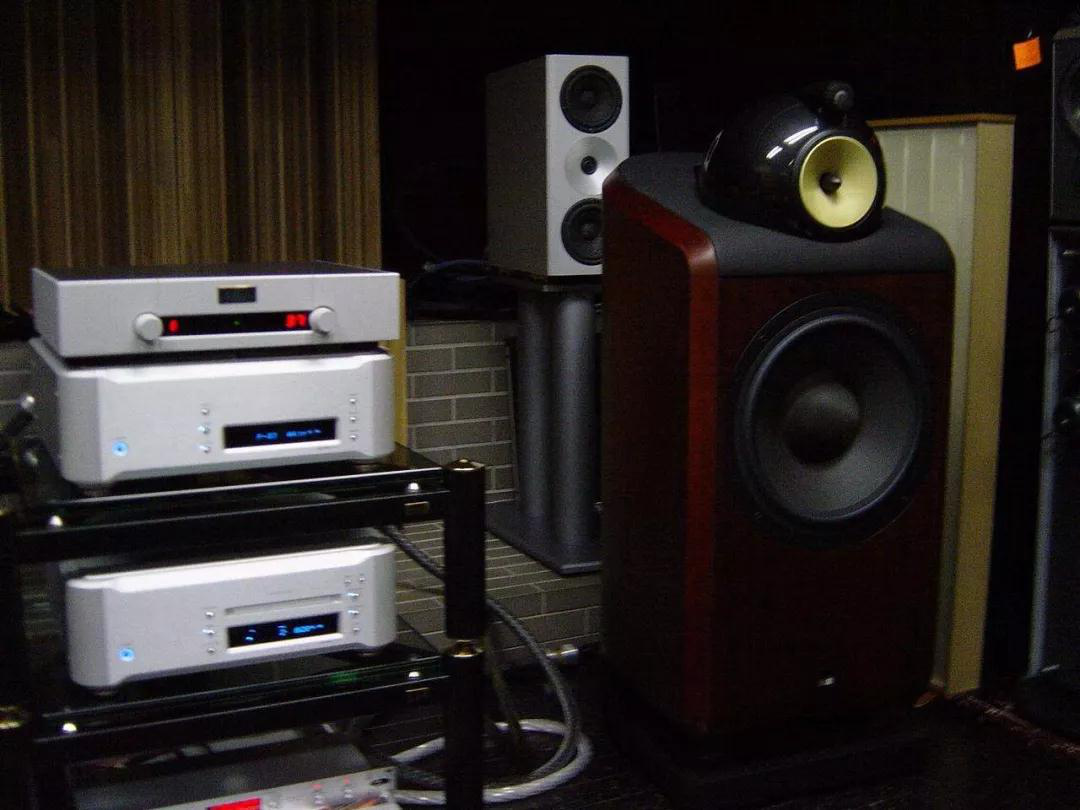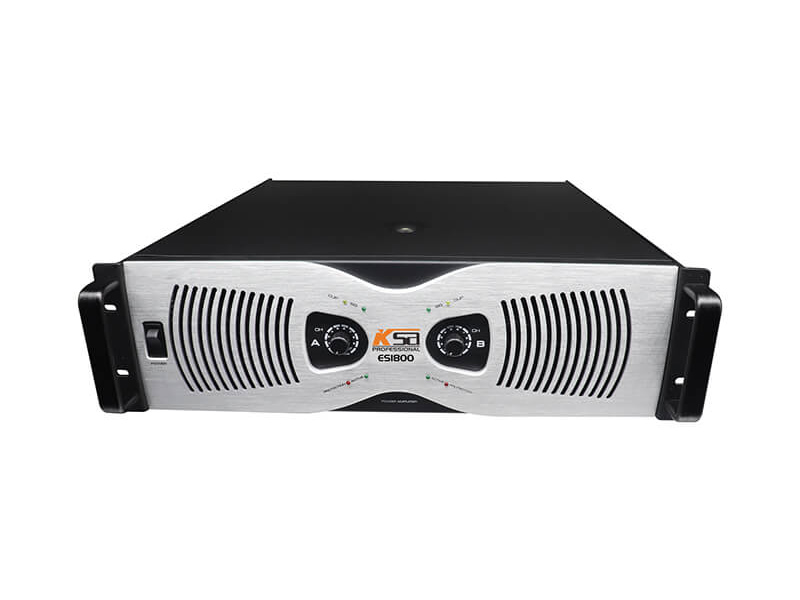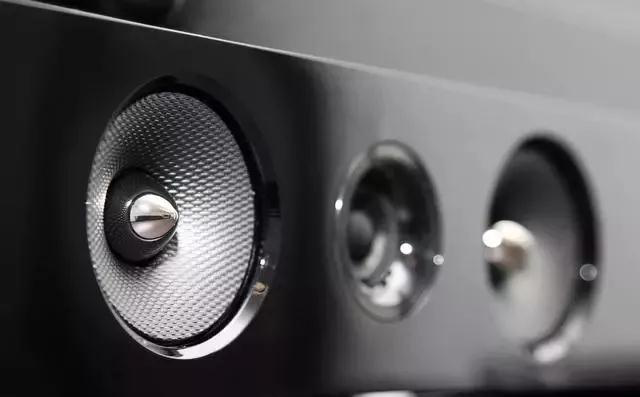ADDERSS
Floor4,Building No,5,Taishi Weijian Industry Zone,Dongyong,Town,Nansha District,Guangzhou.
In theory, a professional power amplifier has a rated power of 400W and a resistance of 4Ω, and four speakers with a rated power of 100W and a resistance of 4Ω. The four speakers are connected in series and then in parallel, the total impedance remains unchanged, or 4Ω, and the total rated power can reach 400W. From the perspective of impedance matching, parallel or series and parallel speakers can save the number of power amplifiers, thereby saving money. But in practice, theoretical knowledge may not work.

The connection between the four elements of the amplifier and the speaker should be suitable for cold and warm, moderate hardness and softness, so as to achieve the neutral sound of the entire set of equipment. This is only from an artistic perspective. However, the technical considerations are:
1. Power matching;
Second, the power reserve is matched;
3. Impedance matching;
Fourth, the matching of the damping coefficient.
If we realize the above four points when mating, the performance of the equipment used can be maximized and fully exerted.
Power matching
In order to meet the requirements of high-fidelity listening, the rated power should be determined according to the better listening sound pressure. We all have the feeling that the volume is low, the sound is weak, thin, and the dynamics cannot come out, there is no gloss, the low frequency is significantly lacking, the fullness is poor, and the sound seems to shrink inside. When the volume is appropriate, the sound is natural, clear, round, soft and full, powerful and dynamic. But when the volume is too loud, the sound is stiff and not soft, rough, and has the feeling of being rooted. Therefore, the playback sound pressure level has a greater relationship with the sound quality. The sound pressure level in the listening area is preferably 80 ~ 85dB (A-weighted). We can calculate the distance from the listening area to the speaker and the characteristic sensitivity of the speaker The rated power of the speaker and the rated power of the power amplifier.
Power reserve matching
Speaker: In order to make it able to withstand the impact of burst strong pulse in the program signal without damage or distortion. Here is an empirical value for reference: the nominal rated power of the selected speaker should be three times the theoretically calculated power.
Power amplifier: Compared with the transistor power amplifier, the power reserve of the tube power amplifier is different. This is because: the overload curve of the tube amplifier is gentler. For the high quality of the overloaded music signal, the tube amplifier does not obviously produce clipping, but only rounds the high quality of the peak. This is what we often call the flexible shear peak. After the transistor power is placed at the overload point, the nonlinear distortion increases rapidly, which severely clips the signal. It does not round the peak but neatly cut it flat. Some people use a composite impedance composed of resistors, inductors, and capacitors to simulate speakers to test the actual output capability of several high-quality transistor power amplifiers. The results show that in the case of a phase shift in the load, one of the nominal 100W power amplifiers has an actual output power of only 5W when the distortion is 1%! Therefore, the selection of the reserve of the transistor power amplifier:
Hi-Fi amplifier: 10 times
Civilian high-quality power amplifier: 6 to 7 times
Civilian mid-range power amplifier: 3 to 4 times
The tube amplifier can be much smaller than the above ratio.
With a reasonable desktop HiFi system
How much allowance should be left for the system's average sound pressure level and larger sound pressure level depends on the content of the broadcast program and the working environment. This redundancy is 10dB lower. For modern pop music, pop music and other music, you need to leave 20 ~ 25dB redundancy, so that the sound system can work safely and stably.

Impedance matching
It refers to the rated output impedance of the power amplifier, which should be consistent with the rated impedance of the speaker. At this time, the power amplifier is in the state of better design load line, so it can give a larger undistorted power. If the rated impedance of the speaker is greater than the rated output impedance of the power amplifier, the actual output power of the power amplifier will be less than the rated output power. If the rated impedance of the speaker is less than the rated output impedance of the power amplifier, the audio system can work, but the power amplifier has the risk of overload. The power amplifier is required to have perfect overcurrent protection measures to solve it. The impedance matching requirements for the tube amplifier are stricter.

Damping coefficient matching
The damping coefficient KD is defined as: KD = rated output impedance of the amplifier (equal to the rated impedance of the speaker) / internal resistance of the amplifier output. Because the internal resistance of the power amplifier output has actually become the resistance of the speaker, the KD value determines the amount of resistance the speaker receives. The larger the KD value, the heavier the resistance. Of course, the larger the KD value of the power amplifier is, the better. If the KD value is too large, the speaker resistance will be too heavy, so that the pulse front settling time will increase and the transient response index will be reduced. Therefore, when choosing the power amplifier, one should not unilaterally pursue a large KD value.
Copyright © 2025 Guangzhou KAIXU Audio Equipment Co., Ltd | All Rights Reserved Sitemap
Hello, please leave your name and email here before chat online so that we won't miss your message and contact you smoothly.